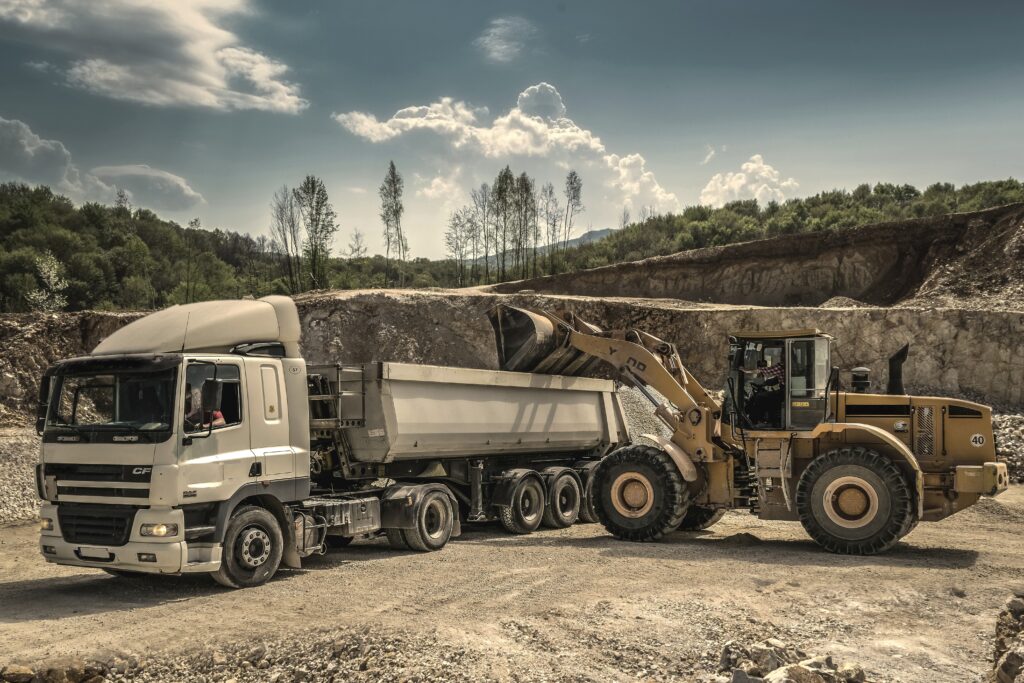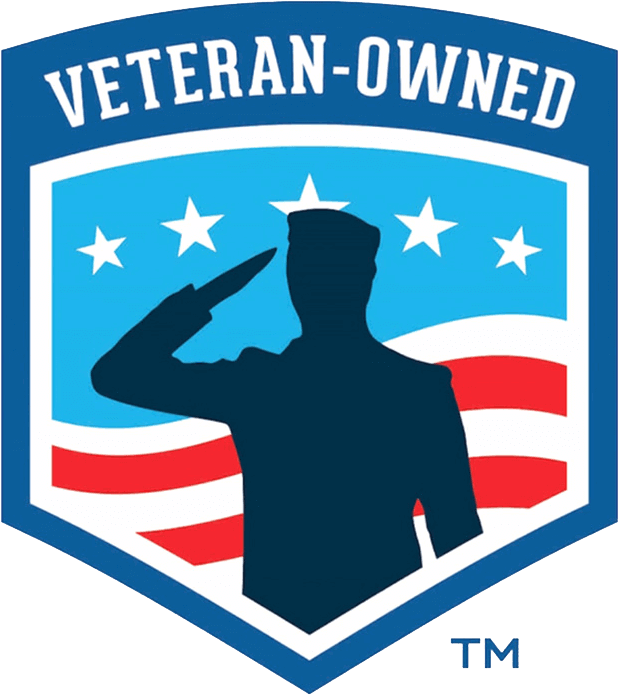Different types of trucks are being used in a trucking company. Their shape, sizes, structure, and build vary from how they are being used and their purpose, so a truck driver needs to know the right truck to drive, depending on the goods they need to transport.
Familiarizing yourself with different trucking equipment types and their uses is an excellent advantage for you. Knowing also how these trucks function is a perfect practice to further improve your experience as someone who is always on the road.
It may be not easy at the beginning to choose what is the right truck for you, as you have many options to choose from;
The following are the most popular trucking types:
- Straight Truck. This type of truck has all of its axles connected to a single frame. Its driving cabin, trailer, and engine are all intact within a single unit. This type of truck is frequently used to transport furniture, cartons, refrigerators, and other similar goods.
- Dry Van trailer. This type of trailer is enclosed and is widely used to transport and secure freight from the outdoors and road hazards. Your shipment will be loaded in the back of the trailer, usually with the help of a loading dock. If you don’t have access to a loading dock, some trailers include liftgates that can assist you in transferring your cargo from the ground to the trailer and back.
- Flatbed. A flatbed trailer is a big vehicle with no sides or top around the bed and a flat body. These trucks are typically used to deliver huge cargo that will not be harmed by bad weather or rough roads. Their particular bed shape is excellent for shipment that would be too big for an enclosed body truck.
- Conestoga Trailers. This type of trailer comes with a rolling tarp system that can be removed or used to cover or uncover the trailer. The purpose of this is to protect the loads from getting wet or damaged during the shipment. The tarp could also easily be rolled back to allow loading or unloading of freight on its sides.
- Low bed truck (Heavy load trailer). A low bed truck is a semi-truck type with two drops in a usual deck height—one right after the gooseneck and one right before the wheels. The stability and safety of large load trailers are improved by lowering the platform height. Lowbed trailers are commonly used to transport heavy machinery, highway construction equipment, big tank bodies, power plant equipment, and other heavy-duty goods.
- Tanker Truck. Tank trucks are typically big, insulated or non-insulated, pressurized or non-pressurized, and designed to transport single or numerous cargoes (often using internal divisions in their tank). Some of the vehicles are semi-trailer trucks. The truck’s structure depends on what kind of liquid it will transport; since tanker trucks are often used in hauling liquids—ranging from gasoline to milk. Due to their high centre of gravity and perhaps the free surface effect of liquids swirling in half-filled tanks, they are difficult to steer and very vulnerable to overturn.
- Refrigerated Trailer (Reefer). A refrigerator truck, also known as a chiller truck, is a van or vehicle designed to transport perishable goods at low temperatures. This type of trailer maintain temperatures between 55℉ to -20℉.
- Bull hauler trailer. This type of truck is mainly used in transporting animals and livestock. Bull transporters must be familiar with several regulations and rules, adding an added degree of responsibility and knowledge since driving this could be tricky.
- Bulk grain hauler. These trucks frequently travel between vast rural farms and nearby factories. They’re also often the link between massive grain trains and smaller industries and mills.
- Removable gooseneck trailer. This type of trailer is also one of the most versatile trailer designs available. Its detachable neck allows the deck to be lowered on a trailer to drive a vehicle or equipment onto the platform.
Trucks have different builds depending on their uses and functionality. Their contributions to transporting goods to every part of the world are truly crucial to keep our economy moving. And as a truck operator, it is your fair share to have knowledge of these trucks for a safer and smoother transaction with your clients.



